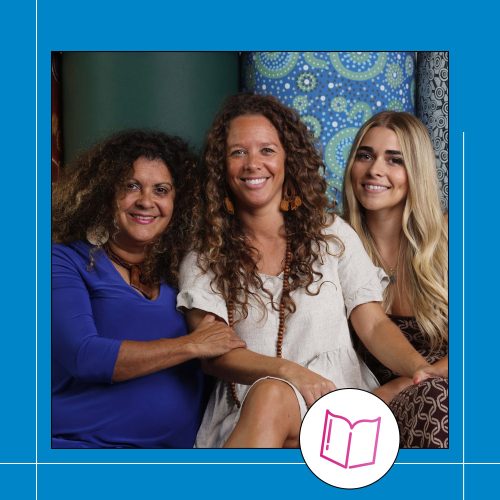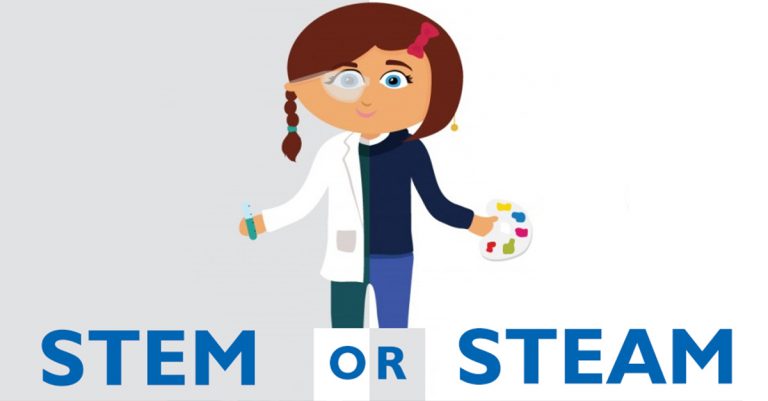Tell us more about the Stolen Generation and your connection to it?
I was removed from my biological mother at birth. I lived with my adopted family located one hour out of Melbourne. When I was 17 I started asking my adopted mother about my biological family. No answers were forthcoming. I persisted and after a chance meeting with the minister who looked after my biological mother when she was pregnant, he passed on the phone number of my biological aunty. My aunty then introduced me to my mother.
Within days I jumped on the “old red rattler” train and headed for Flinders Street Station in Melbourne to meet my mum. I then found other brothers and sisters and introduced them to my mother. The layers of trauma still run so deep, both for me and my mother. Transgenerational trauma.
My journey has taken me many places. I worked on “The Stolen Generation” for 10 years and was selected as one of the 100 people to be in the gallery at the Australian Parliament in Canberra for the apology to the Stolen Generations.
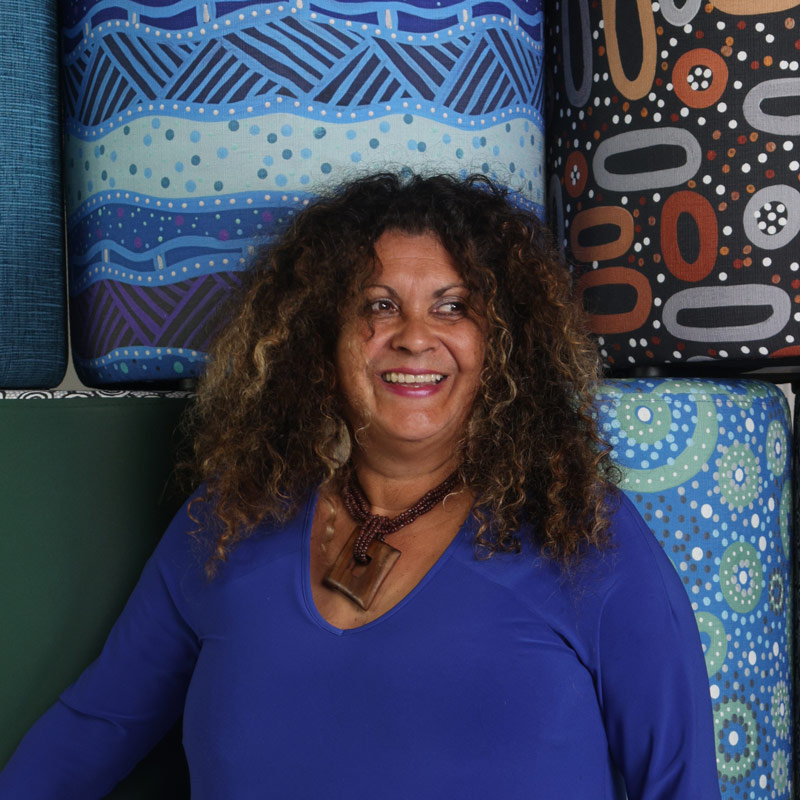
Who taught you to paint?
I am self-taught. I travelled to Alice Springs, the country of my people. I felt an immediate connection to country. As I was travelling, I began to see my peoples’ artworks and appreciate and understand them.
On my second trip to Alice Springs, one of my relations sat me down in the desert and told me stories of my country. This had a huge impact on me.
I began painting stories of what I was taught and what I saw. I feel it honours my countrymen, my people and the strong women who have taken care of our country for 50,000 years. It’s in my DNA.
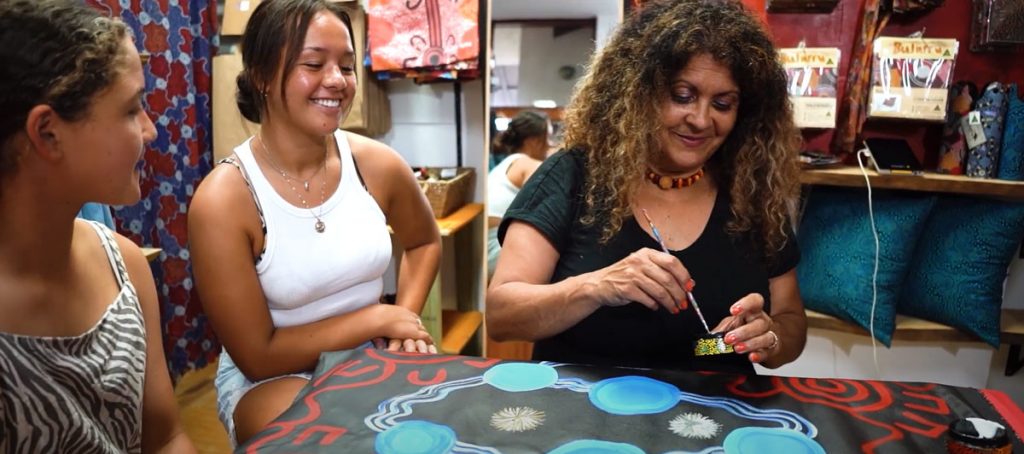
What does this project mean to you? Is it about showing your story? Advocating for Indigenous Australians?
To me, it is about both of those things. I feel this project advocates for my people and inspires them and it brings me healing. This BFX Initiative is a powerful and visual way to tell my story and showcases who I am as a proud woman from the Arrernte country.
How do you feel about your art being used in schools and offices?
What are your hopes for how your art will affect people?
I hope my art keeps my story alive and provokes emotion and understanding in others. I feel my art gives insight to not only me and my story, but also a connection and understanding to the wider Australian Indigenous community.
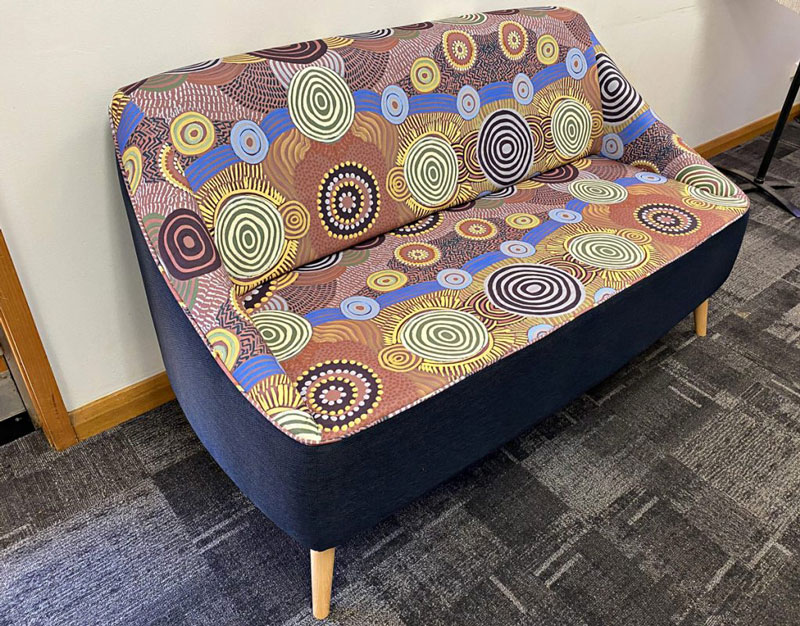
How does it feel to now see your artwork as a fabric on furniture?
It is overwhelming, exciting and I can’t believe it to be honest!
I have been painting and working with the community for 35 years and it is fulfilling to see my work come this far.
I am excited for my family as this a legacy I have started for them. It’s not just about me. It’s about rebuilding my family links, giving hope to my people, and sharing what my ancestors have given me.
I want everyone to be part of the journey. It is so much more than artwork on furniture.


